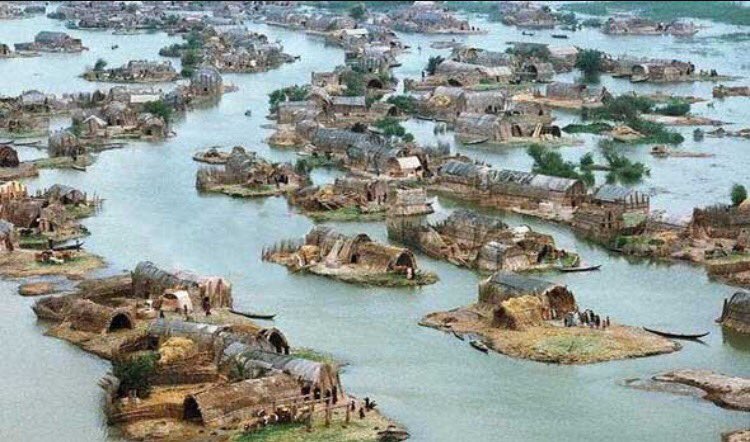Iraq’s al-Ahwar marshes have been added to the World Heritage List by the UN’s culture agency UNESCO.
UNESCO described the site as a “refuge of biodiversity and the relict landscape of the Mesopotamian Cities.”
The Ahwar is made up of seven sites: three archaeological sites and four wetland marsh areas in southern Iraq. The archaeological cities of Uruk and Ur and the Tell Eridu archaeological site form part of the remains of the Sumerian cities and settlements that developed in southern Mesopotamia between the third and the fourth millennium BCE in the marshy delta of the Tigris and Euphrates rivers.
The marshes are located south of Qurna, where the Tigris and Euphrates rivers come together. Archaeological evidence indicates they were formed when the water of the Arabian Gulf receded southwards.
It is noteworthy that Iraqi officials welcomed the addition of the al-Ahwar site to the World Heritage List.
Source: Rudaw

